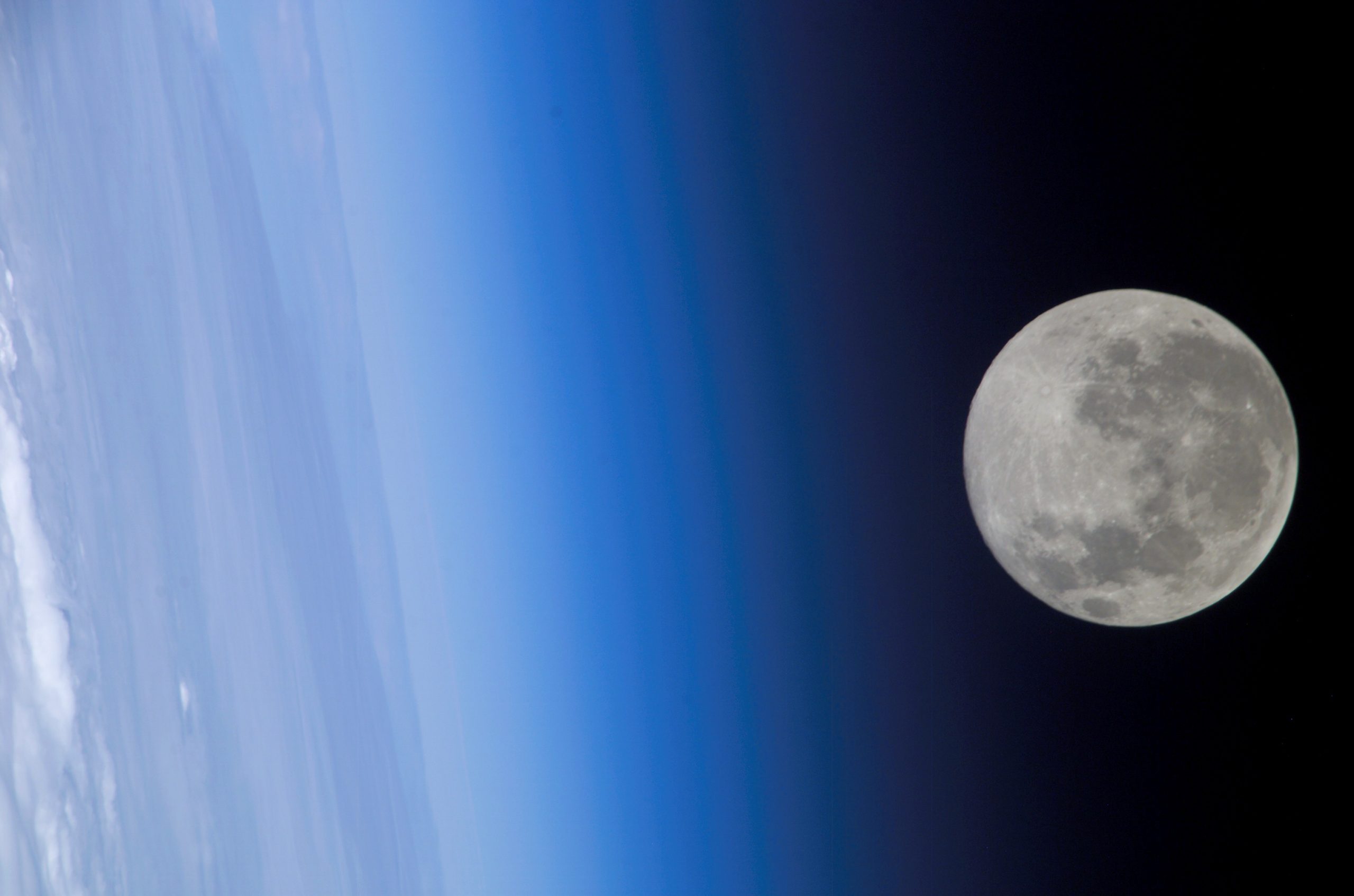On 11 January 2006, a remarkable lunar event captivated skywatchers around the world. The moon shone brightly, its surface illuminated in stunning detail, providing a perfect backdrop for various astronomical observations. Many enthusiasts took the opportunity to set up telescopes and binoculars to explore the craters and maria that adorned the moon’s landscape.
This date marked not just a beautiful full moon but also coincided with a significant astronomical phenomenon—near apogee. As the moon reached its furthest point from Earth, its appearance was slightly smaller than usual, yet no less striking. The crisp winter air enhanced visibility, allowing observers to appreciate the subtle colors and textures of the lunar surface.
Amateur astronomers shared their experiences through blogs and social media, posting images taken that night. The serene beauty of the moon inspired poetry and art, reminding everyone of the connection humans have with this celestial body. As the moon rose higher, its silvery glow illuminated the darkened landscape, creating a magical atmosphere.
The January 2006 moon event highlighted the importance of stargazing and sparked interest in astronomy among many. Schools organized night sky watching events, encouraging students to explore the universe beyond our planet. Overall, 11 January 2006 became a memorable date for anyone enchanted by the mysteries of the night sky.



